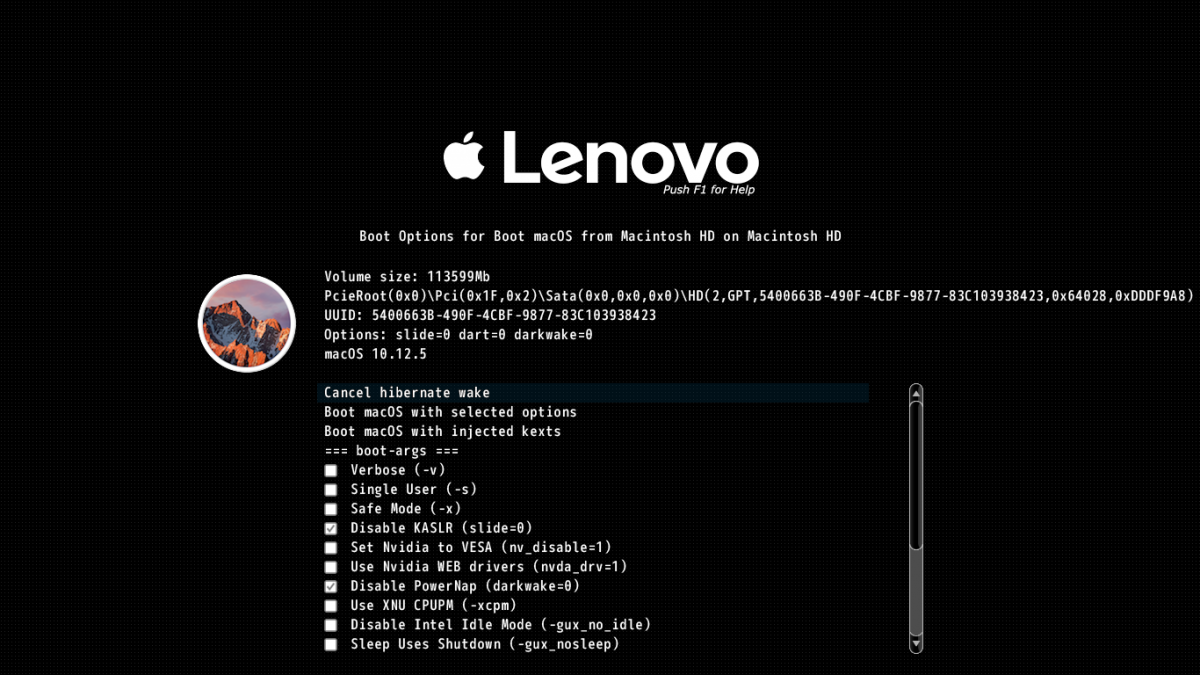

- Amd sata ahci controller driver windows 10 64 bit how to#
- Amd sata ahci controller driver windows 10 64 bit install#
- Amd sata ahci controller driver windows 10 64 bit update#
- Amd sata ahci controller driver windows 10 64 bit Pc#
Tech Support Guy System Info Utility version 1.0.0.9 Should I change to "AHCI" and move away from the "ATA" setting or not I have not seen anyone saying that they have found they system showing "ATA" setting existing instead of "IDE". I do not currently have a SSD internally but have used a SDD as an external storage device with a StarTech external HUB adaptor. It does have a setting box for change to "AHCI" however. Looking in BIOS under SATA settings it shows my system is set to "ATA". I am running a Dell Inspiron 9010 Win10 with a 2TB internal SATA drive. If there is a device containing “AHCI” in its name as in our case, it means that AHCI mode is used in this computer.After that, you will have downloaded and installed the best and latest.
Amd sata ahci controller driver windows 10 64 bit Pc#
Windows 10 searches for the updated driver on your PC and online. Choose Search automatically for updated driver software.
Amd sata ahci controller driver windows 10 64 bit update#
Open the section “IDE ATA/ATAPI controllers” Aim at and expand IDE ATA/ATAPI Controller and right click the Standard SATA AHCI Controller to Update driver.It can be checked in several ways: Method One It is quite possible that AHCI mode is already enabled in your PC.
Amd sata ahci controller driver windows 10 64 bit how to#
How to Find out Which Mode the Computer’s Controller is Using?

Amd sata ahci controller driver windows 10 64 bit install#
Remember that you can’t install an operating system on an SSD in IDE mode – it requires AHCI to be enabled. In this way, computer manufacturers are trying to avoid possible problems with compatibility of hardware and software.Īnother important difference between IDE and AHCI concerns working with SSDs. Without kowing it, many users will feel no difference. On the other hand, any SATA disk can work in IDE mode. That is, if you connect a disk with Windows XP to the system with AHCI-enabled controllers, you will run into a BSOD error (“the blue screen of death”). The matter is that operation of disk controllers in AHCI mode is supported in operating systems beginning with Windows Vista. Here are the specs, and a side by side of the two benchmarks .Many people can ask quite a logical question: why have IDE mode for a SATA disk, if AHCI mode is natural for it enabling this SATA disk to completely realize its potential? Moreover, many motherboard manufacturers supply products with a default option to support PATA compatibility mode – IDE. I also checked in device manager and confirmed that it is still using the microsoft SSD driver. I bench-marked again after turning that on, and there is no difference. I also have a radio switch in bios which has an on/off setting for IRT (intel rapid storage?), which I just turned on.

Also, as a side note, would it be better for me to be using the intel rapid storage driver rather than the microsoft driver for my SSD? I have the controller set to AHCI in bios now. I have searched the forum, and the internet, but I haven't been able to find an answer to this question. My question is, is this normal? I was expecting the M.2 PCIe SSD to blow the SATA 850 out of the water on all fronts, but this was not the case. The M.2, with it's PCIe interface scored much higher in sequential read and write times, but surprisingly the 850 scored slightly higher than the M.2 drive in the 4K Q32T1, and virtually the same in the 4K. Today I ran crystal disk on both of the SSDs (850 and PCIe M.2), and I was a little taken back by the results. I have an HDD for storage. I am not currently using the 850 for anything. I have the M.2 drive set up for windows, and programs. I have a question concerning the comparison of benchmark results between the Samsung 850, and the Samsung MZHPV PCIe M.2. Now, as flash technologies and controllers become more sophisticated over time, a greater amount of capability of the M.2 PCI-E interface will be unleashed over time. The bottleneck will be in the computer itself, not in the external interface. Think of it intuitively like taking an old computer built in 2006, with some of the first PCI-E slots and an AMD 64-bit X2 dual core CPU, and sticking one of Linus's 10gig-E network NICs into it. Just because you can get data to the SSD quicker (through a PCI-E interface) doesn't mean the system is any faster. Basically a SSD is an entire embedded computer in and of itself. Yes, each SSD uses its own controller/SoC. Is this not the case? Is there like a master controller for all of the SSDs in the system? Also, what is a secure erase, and how would I go about doing that? Are you meaning I should wipe them clean? I was under the assumption that each SSD utilized it's own controller. Forgive me for my ignorance pertaining to the hardware. I actually hadn't considered what your saying about the controller.


 0 kommentar(er)
0 kommentar(er)
